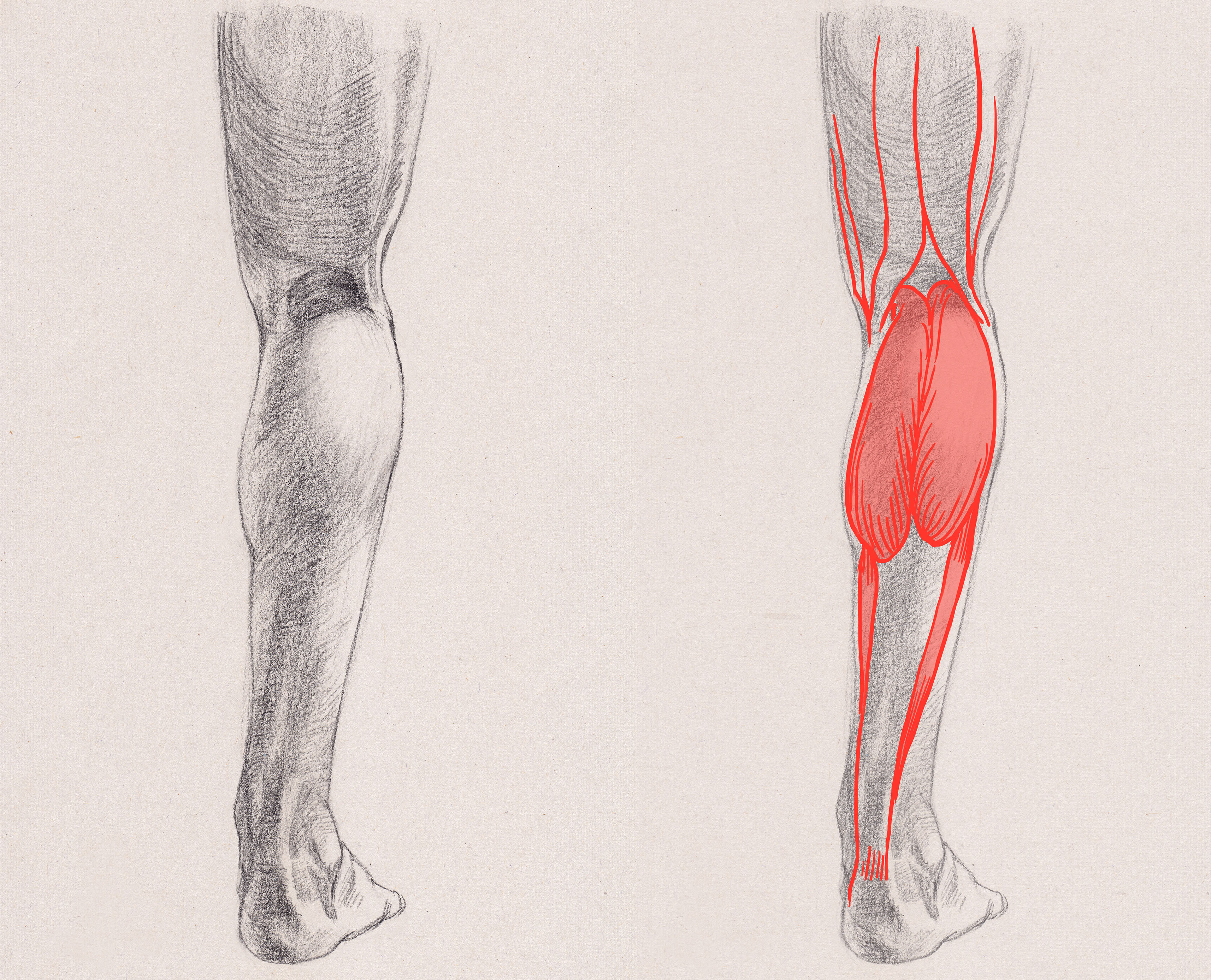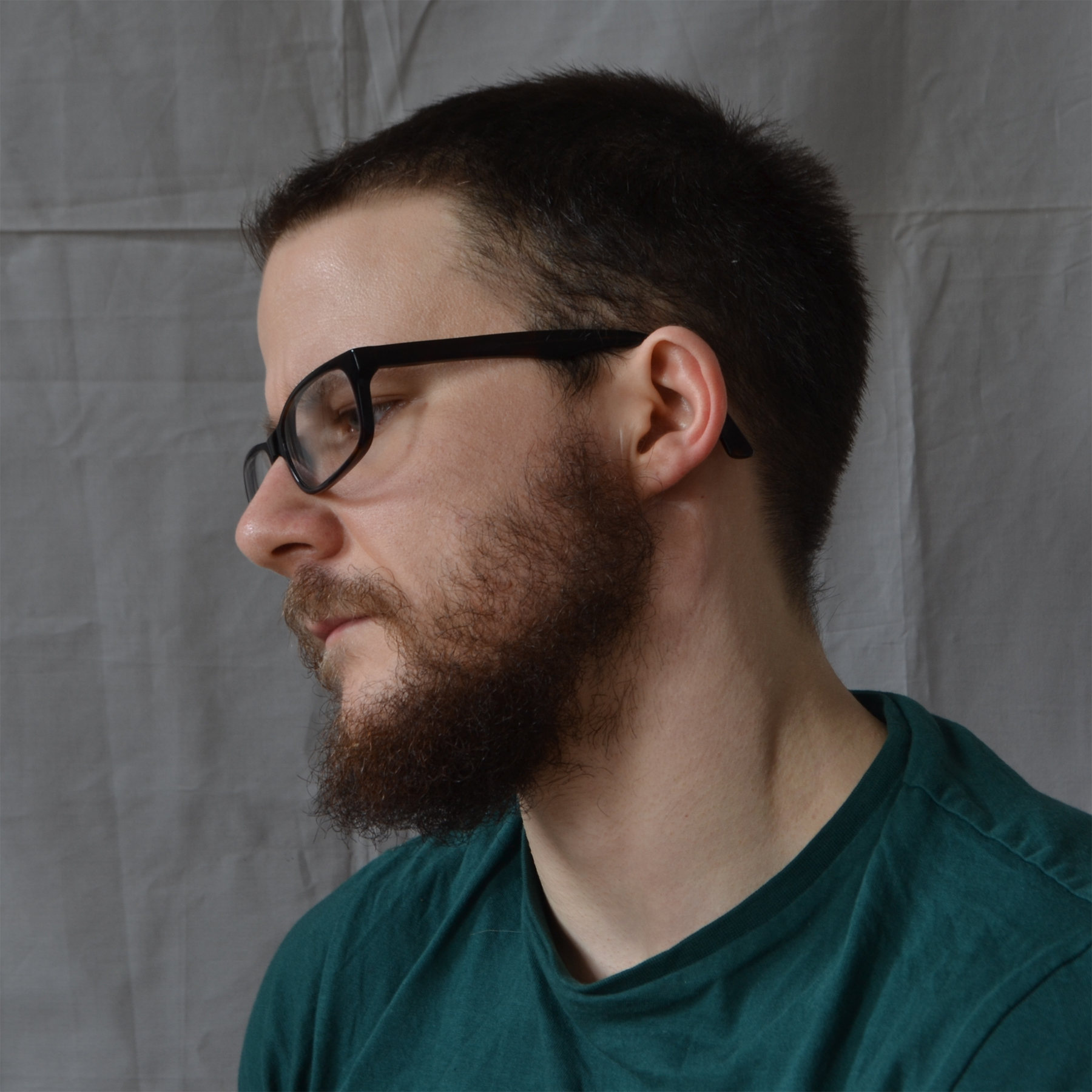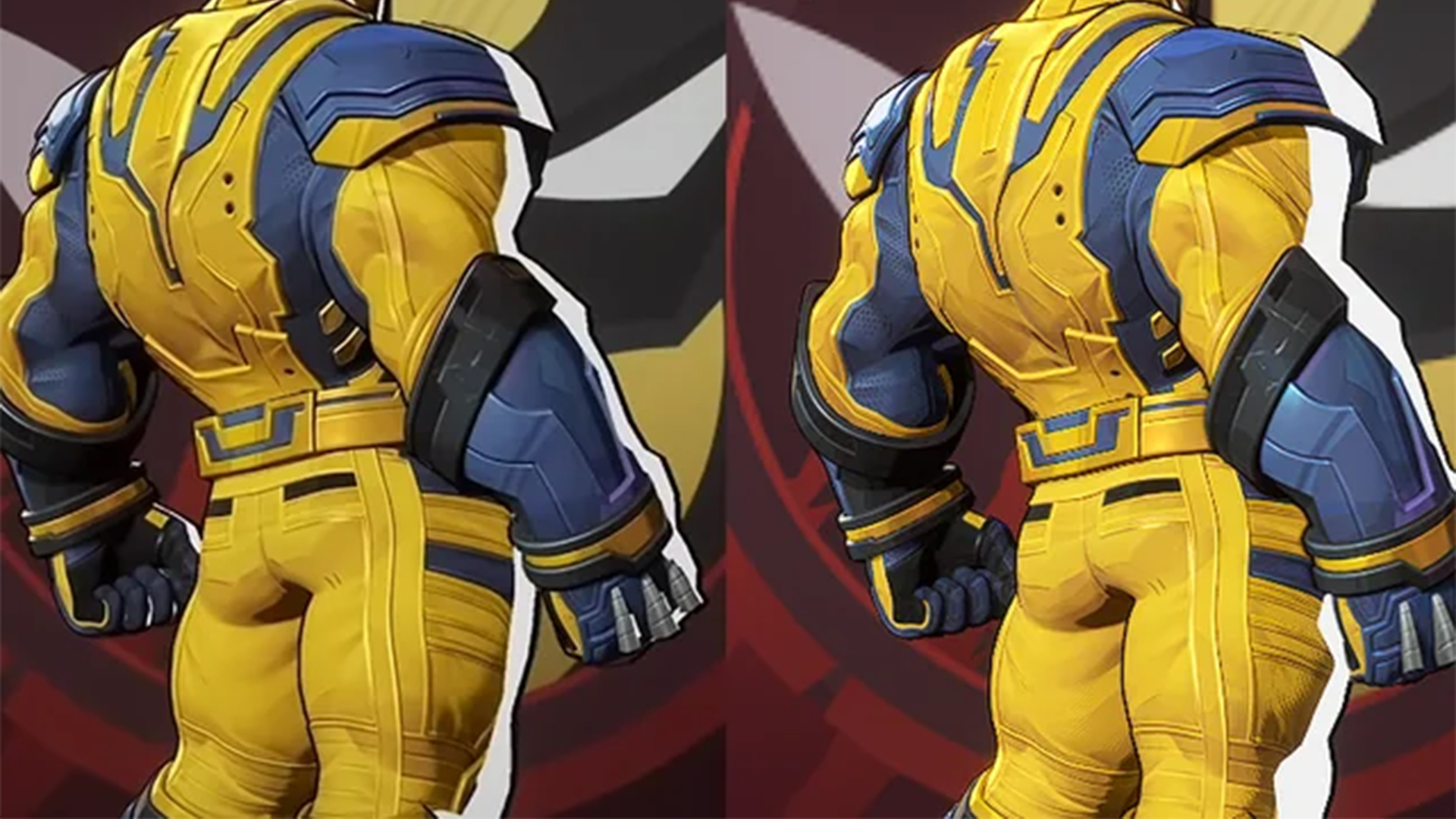How to draw legs
Learn how to draw legs that look realistic with this step-by-step guide.

Legs are often perceived as a boring body part to draw, but this is far from the case. They are full of interesting rhythms and forms, and it shows when these are neglected in a drawing.
The proportion of the legs to the body is the first hurdle we encounter when drawing them. Because the legs are lower down on the body, the focus can be more on the head and torso, leaving the legs forgotten, and drawn in later. Often this means they end up much too short.
This relates to another common problem with proportion where the body, particularly the legs, grows as you work down the figure. This is usually due to the paper being laid on a flat surface instead of a tilted one, so the legs are closer to you on the page and they grow as you move down the figure. Both these problems can be avoided by sketching the full gesture of the figure when starting your drawing, and by making observations that compare the relative size of the legs to the body.
As we get into how to draw the legs proper, another common issue I see is pinching together at the joints, where the thigh tapers into the knee sharply, almost creating a collision between the two outlines of each side of the leg. This also happens with the ankles. In this demonstration, I will be using rhythm to tackle this at the gesture drawing stage, before taking a look at the anatomy of the knee.
1. Examine leg proportions

The proportion of the legs to the body is the first thing you want to think about when drawing them, as they are surprisingly large. Often the leg, starting from the crotch and going to the ground, is about as long as the rest of the body. This does vary from person to person, but it is very useful to make the comparison of the length of the legs versus the rest of the body. The bottom of the knee is around halfway down the leg.
2. Work across the leg

Because they have to support the weight of the entire body, the legs need to be able distribute this down to the ground without damaging the joints. To achieve this, the structure of the leg is inherently asymmetric, creating a clear back and forth rhythm between the joints. Work across the leg when you lay in the gesture, jumping from one side to the other, rather than creating an outline, for a more lively result. This also helps maintain proportion!
3. Think about structure

Much like the arms, the legs can bend in a wide range of directions at different angles, creating some very challenging foreshortening. Treating the upper and lower leg as a pair of cylinders with the knee joint in the middle for your early under drawings will help address this. As a cylinder bends towards the viewer, it becomes rounder, with the kneecap shifting to lie in front of the thigh – this is very common in seated poses. As it turns away, it becomes flatter, and the volume less apparent.
4. Draw the contour

Here I am using my underlying gesture and structure to guide me through drawing the contour of the leg. Special care wants to be taken with this step, as the asymmetry of the leg means it is very clear to us which side is left and which is on the right. One trick is to look at where the dips in the outline are on each side of the leg, and to compare them to the ones on the other side – are they higher or lower? They usually don’t line up.
5. Draw the upper leg

In the upper leg, we have the femur. This bone creates a dimple or bump (dependant on pose and model’s body type) at the hip, from a bump at the top of the bone – the greater trochanter. The femur ends at the knee, meeting the top of the tibia to create the bulk of the knee. These two bones make the bumps around the patella when the leg bends deeply. Much of the length of the femur is hidden due to the muscle and fat that lies on the thigh.
6. Draw the lower leg

We can clearly see the tibia in the lower leg; this bone creates a bump just below the front of the knee, and can be seen as a long, flat, curving line that extends all the way down the shin to the ankle. The fibula can be seen as a bump on the outer side of the leg below the knee, and it extends down to the ankle, where it is much more prominent. Sometimes you can see a dip along the outside of the leg that runs in line with this bone too.
7. Don't underestimate the knee

The patella is also a very clearly seen bone! It sits in front of the knee, and will be pushed out the more the leg bends. The skin around the knee will crease and relax when the leg is straightened, and stretch out with the tendons anchored to the knee when the leg bends. When the leg bends deeply, the kneecap sits directly in front of the thigh. Try not to underestimate the volume of the knee; the bones in it are quite large. We can see that here, in this image, the knee is not much narrower than the thigh.
8. Round out the thigh

The quadriceps are a muscle group that run from the hip to the thigh, and are seen as a set of round bulges above and around the knee. This muscle group, along with the fat padding often present on the thigh, rounds out the form. The dip and step we see on the inner thigh is created by a set of adductor muscles that bring the thighs together, and the sartorius, a thin muscle that creates a slight groove as it wraps around the thigh. Most people have enough fat to soften all these forms, so use a light touch.
9. Move to the lower leg

There is very little muscle on the front of the lower leg, but we can clearly see the rounded forms of the calf muscles on the back. There is a clear step around halfway along the back of the lower leg as the gastrocnemius ends and the soleus appears from beneath it to attach to the heel. This means the front of the leg has quite hard forms, whilst the back is softer and rounded. When I shade the lower leg later, I will be mindful of this, as it creates a somewhat triangular cross section.
10. Interlocking forms of the knee

If we examine the back side of the knee, we can see how the lower leg forms appear to ‘slot’ between those of the upper leg. The calf muscles tuck in behind the knee between the tendons from the back of the thigh, which link up around the knee to the front of the lower leg. In front views, pay close attention to how the tendons on the outside of the leg overlap the lower leg and blend into the forms of the thigh.
11. Fill in the shadow

By applying a flat layer of uniform shadow, I am filling in the major shadow shapes of the leg. Because the leg is relatively close to a cylinder, we often get a clear contrast between a dark and light side. When the leg bends, as we can see on the right leg in this drawing, the lower leg can sometimes be entirely lost in shadow. Don’t be shy about filling in such a big shadow area – it helps emphasise the angle the leg is bent at, and creates an interesting visual contrast.
12. Observe soft and hard forms

The leg has obvious changes between soft and hard forms. If we look at the thigh, we can see that the shadow edges are much softer, describing the more rounded forms, whilst if we look at the knee, the shadow edges are more crisp. This is because the thigh has a lot more muscle and fat to soften its forms. Try to make the transition of the soft edges of shadows as smooth as you can; a common issue in unconvincing shading is creating hard edges where there are none.
13. Render forms

Using sets of parallel hatching lines, I am trying to better describe the surface forms of the legs. Note how these lines are working around the leg, rather than along it, as I want to describe the roundness of the forms. This is a good time to remember the cylinders from earlier; legs that are more ‘end on’ have rounder hatching lines. Sometimes, especially in poses with bent legs, you might want to hatch along the direction of the leg instead – this does more to indicate the direction the legs are bending in.
14. Add final touches

To finish, I am going around the drawing as a whole. Here I am particularly focusing on polishing the outline, making it a bit thicker for the dips in the contour, and thinner for the bumps. It is also good to make sure the overlaps are clear, especially at the joints. Finally, I am pushing the shadow edges a little bit darker to emphasise the form of the leg, and to clarify some of the details in the knee. Directional marks are especially important, as I work to indicate the subtle changes in the surface.
This article originally appeared in Paint & Draw Anatomy. Buy it from Magazines Direct.
Read more:
- How to draw movement: 16 top tips
- 17 ways to draw better creatures
- How to draw a neck and shoulders
Get the Creative Bloq Newsletter
Daily design news, reviews, how-tos and more, as picked by the editors.

Thank you for reading 5 articles this month* Join now for unlimited access
Enjoy your first month for just £1 / $1 / €1
*Read 5 free articles per month without a subscription

Join now for unlimited access
Try first month for just £1 / $1 / €1

Lancelot Richardson is an artist, painter, and freelance illustrator based in Brighton, UK. He tutors life drawing at independent art school Draw Brighton, and teaches in their online Patreon courses. He is also a freelance writer, producing articles on art and drawing. He works in both traditional and digital mediums.
